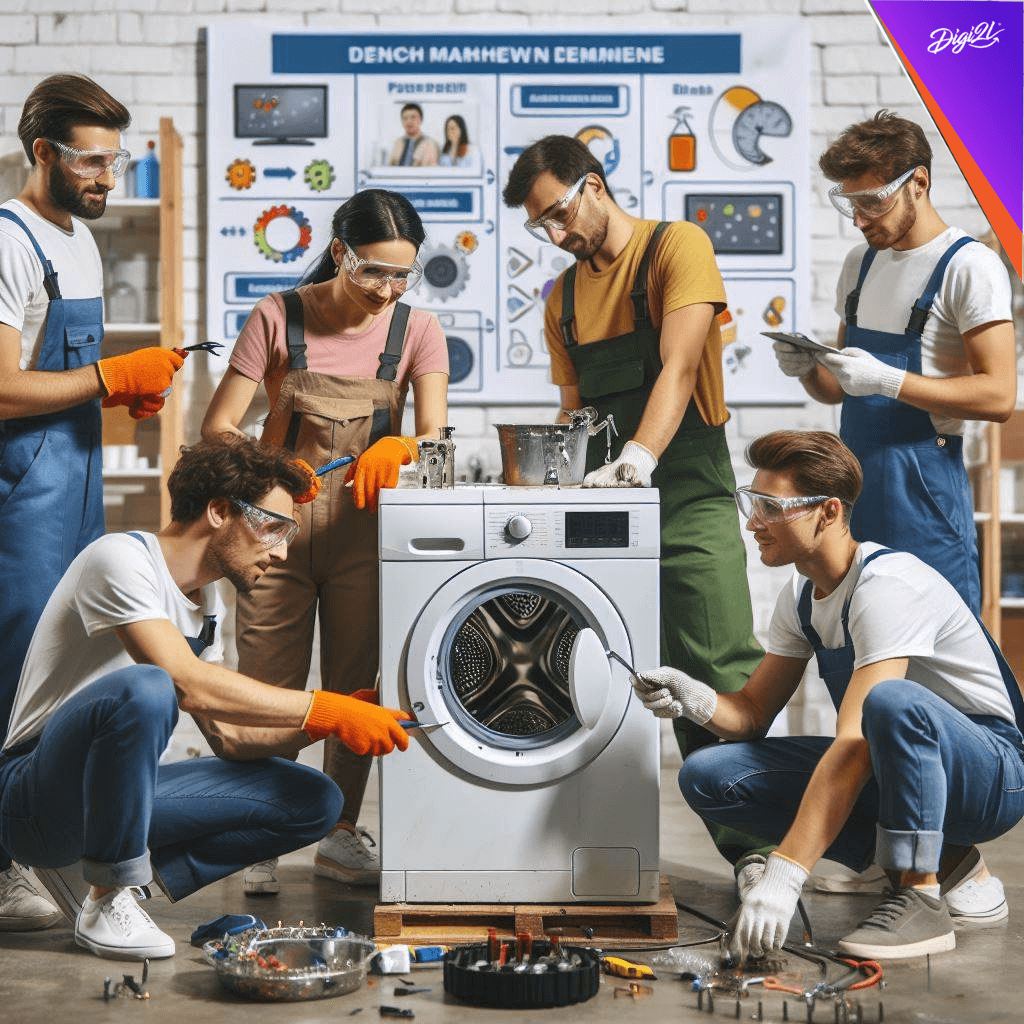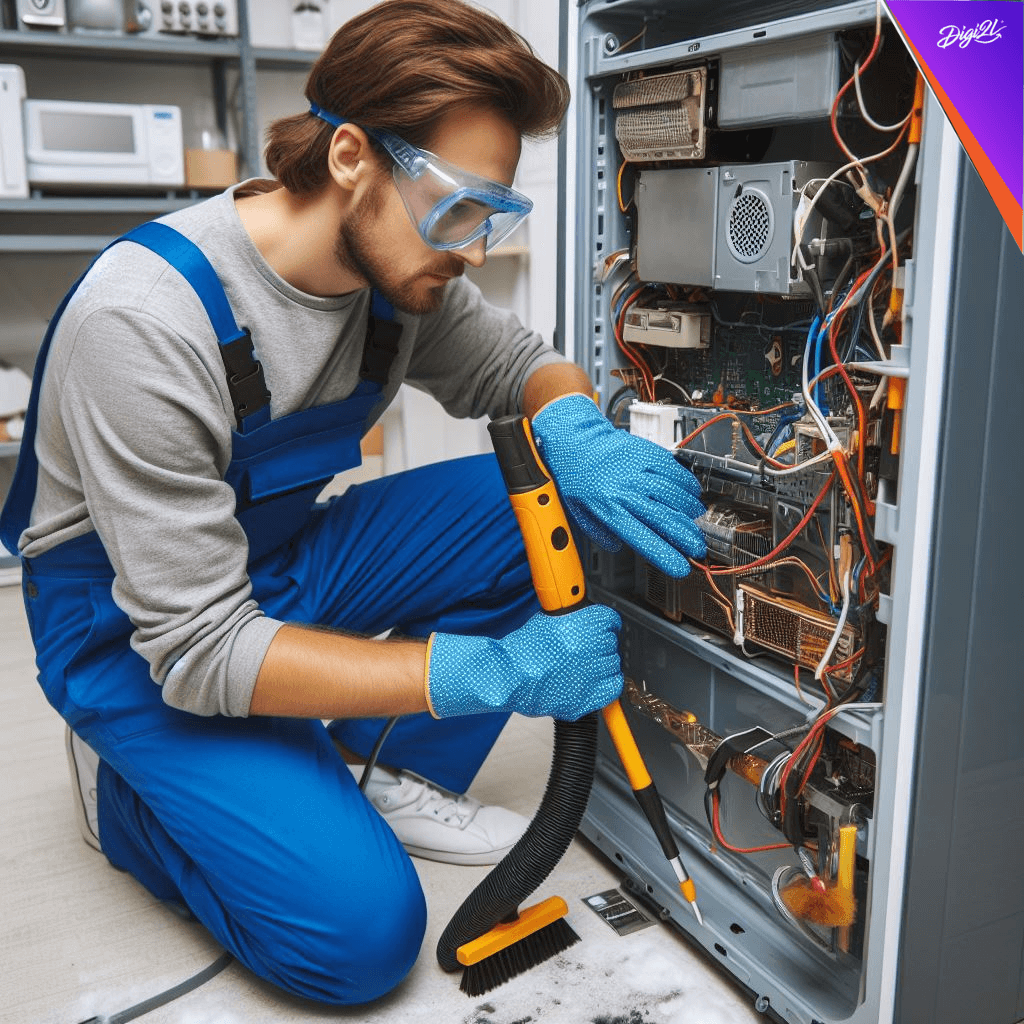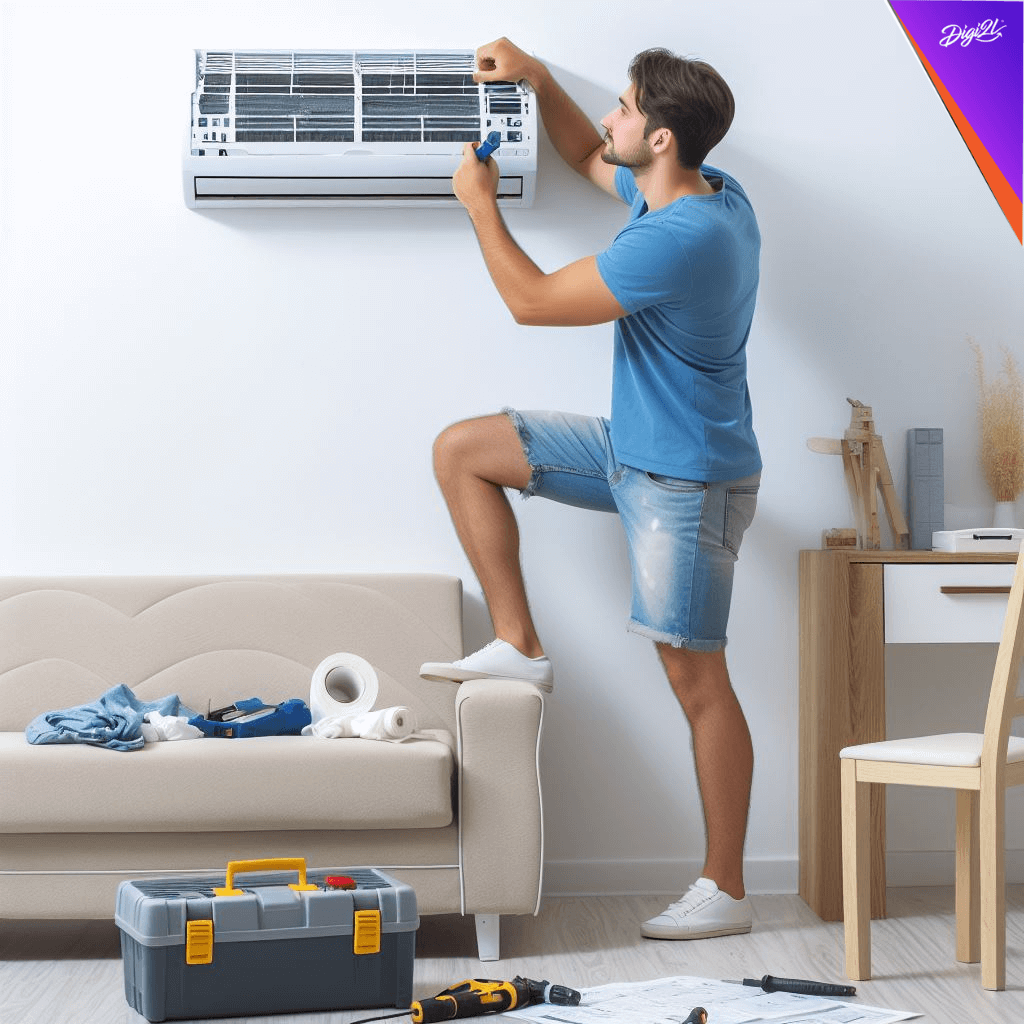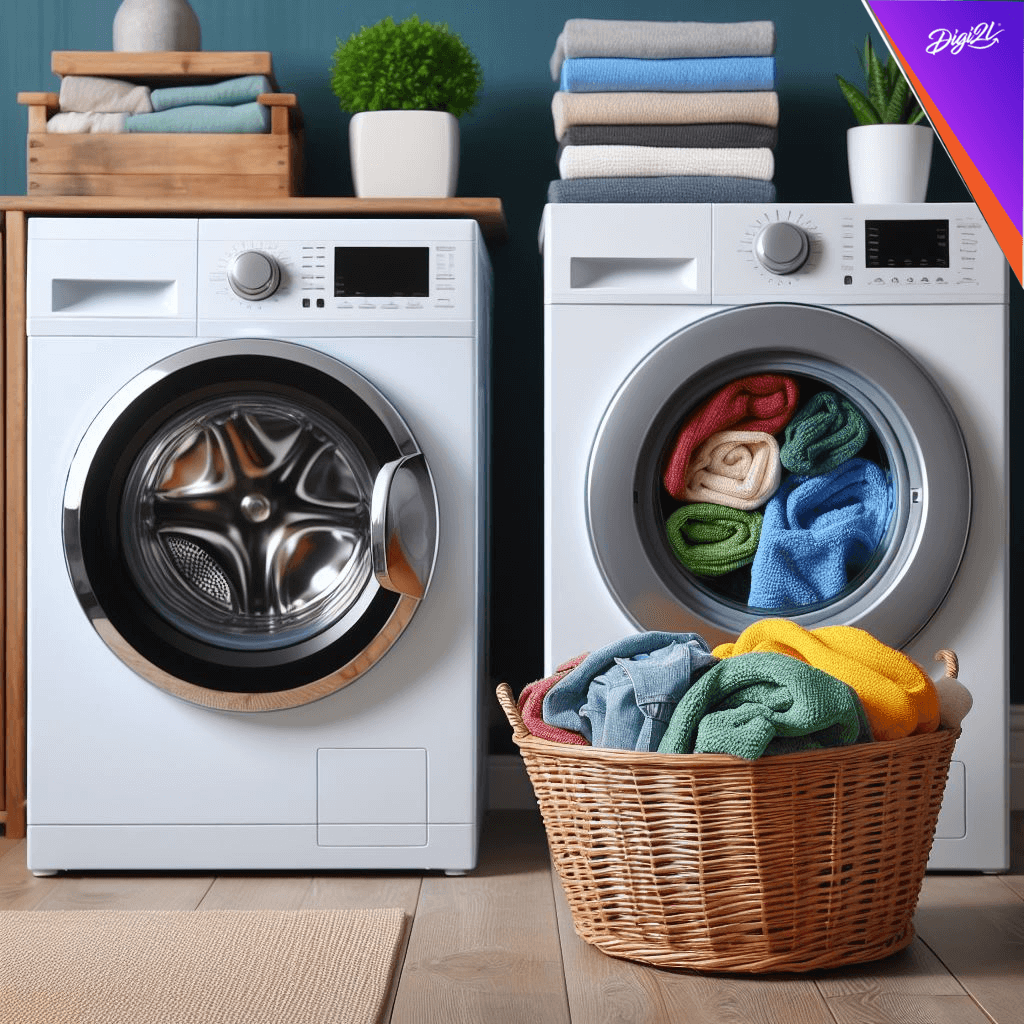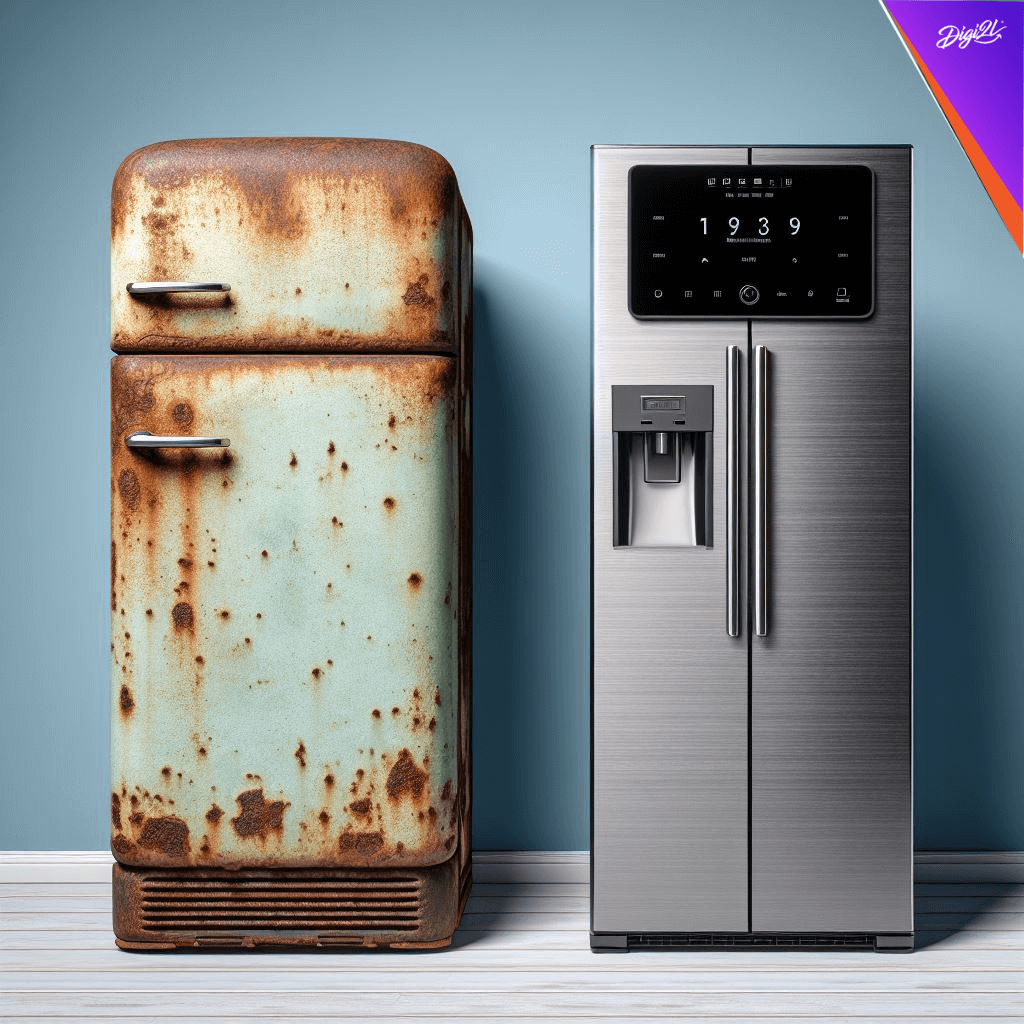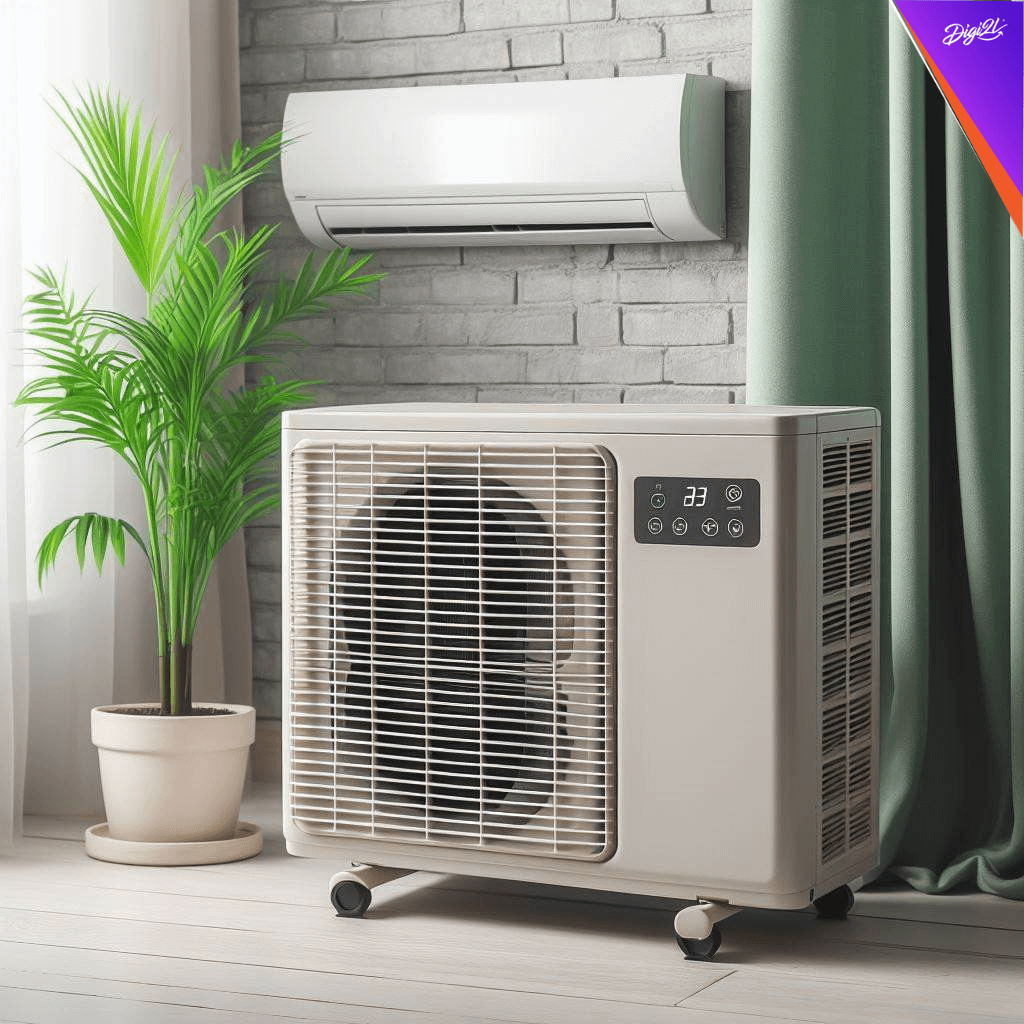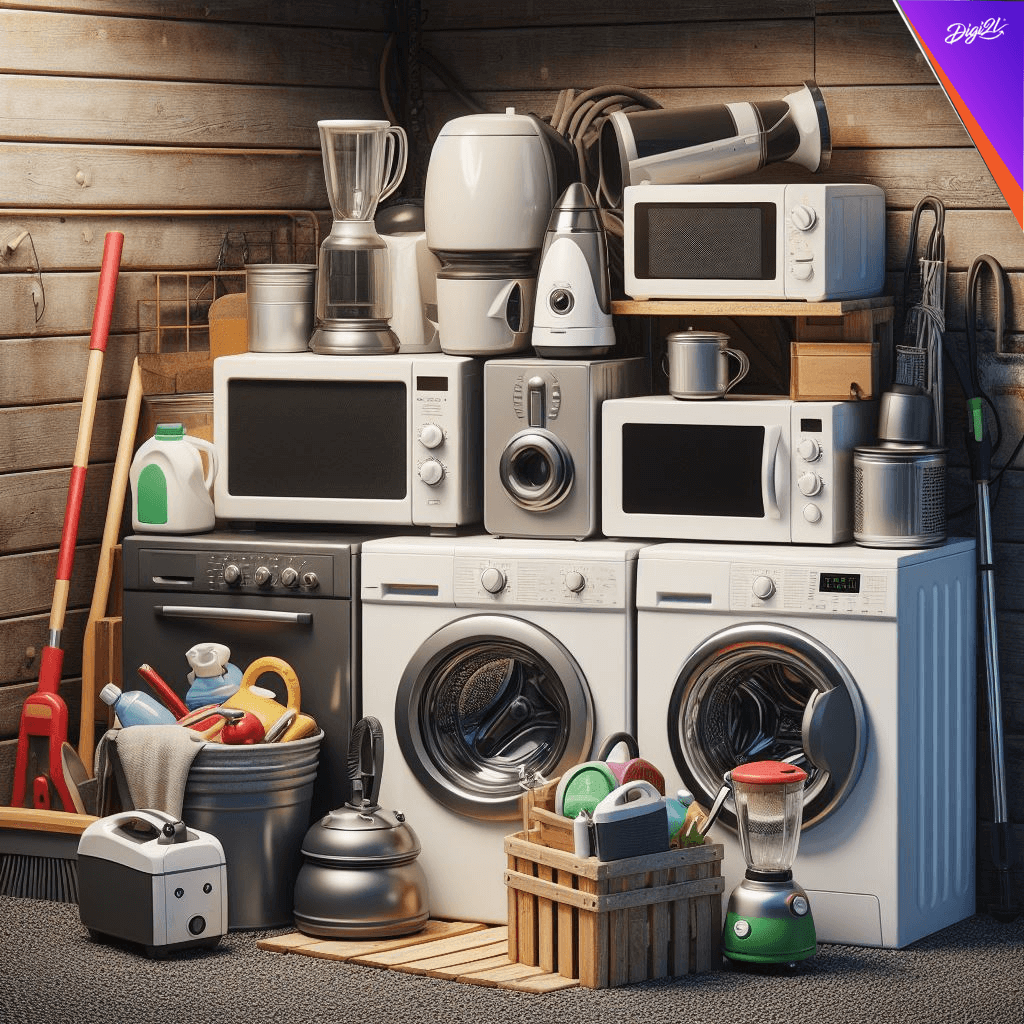Selling your used appliances through Digi2L, India’s First Digital Platform To Sell Used Appliances, offers not only financial rewards but also significant environmental benefits. By extending the lifespan of appliances, reducing electronic waste, conserving resources, and minimizing energy consumption, selling old appliances contributes to a more sustainable future. Through Digi2L’s hassle-free process and free doorstep pickup, individuals can effortlessly make a positive impact on the environment while earning the best price for their used appliances.
In a world increasingly conscious of its environmental footprint, every decision we make can have a significant impact on the planet. From reducing waste to conserving resources, small actions add up to make a big difference. One such action that often goes overlooked is selling your used appliances. Not only does this benefit your wallet, but it also contributes to a more sustainable future. Let’s explore why selling your used appliances is not just financially savvy but also environmentally friendly.
The Environmental Toll of Old Appliances
When it’s time to upgrade your appliances, whether it’s a television, refrigerator, washing machine, or air conditioner, the temptation might be to simply dispose of the old one and move on. However, this approach comes with a considerable environmental cost.
Old appliances, especially those containing electronic components, can release harmful chemicals and toxins into the environment if not disposed of properly. Additionally, many appliances contain materials that can take hundreds or even thousands of years to decompose in landfills, further contributing to environmental degradation.
The Benefits of Selling Your Used Appliances
Digi2L, India’s First Digital Platform To Sell Used Appliances. Digi2L offers the Best price for your used appliances while providing a hassle-free process and free doorstep pickup. But beyond the financial incentives, selling your used appliances through Digi2L is a win-win for both your wallet and the environment.
- Extending the Lifespan of Appliances:
By selling your used appliances instead of discarding them, you’re giving them a second life. Just because an appliance no longer meets your needs doesn’t mean it’s no longer functional. Someone else may find value in it, thus extending its lifespan and reducing the need for new production.
- Reducing Electronic Waste:
Electronic waste, or e-waste, is a significant global problem. By selling your old appliances, you’re diverting them from the landfill and minimizing the amount of e-waste generated. This, in turn, helps reduce the environmental impact associated with manufacturing new appliances, including resource extraction, energy consumption, and greenhouse gas emissions.
- Conserving Resources:
Manufacturing appliances requires significant amounts of natural resources, including metals, plastics, and rare earth elements. By selling your used appliances, you’re reducing the demand for new materials and conserving these valuable resources. This not only helps protect natural habitats but also reduces the environmental footprint associated with resource extraction and processing.
- Minimizing Energy Consumption:
Older appliances are often less energy-efficient than newer models. By selling your old appliances and upgrading to more energy-efficient ones, you’re reducing your overall energy consumption and carbon footprint. This is especially important given the growing concerns about climate change and the need to transition to cleaner, more sustainable energy sources.
Conclusion
In conclusion, selling your used appliances is not just about making some extra cash—it’s about making a positive impact on the environment. By choosing to sell through Digi2L, India’s First Digital Platform To Sell Used Appliances, you’re not only getting the best price and a hassle-free experience but also contributing to a more sustainable future. So, the next time you’re ready to upgrade your appliances, consider the environmental benefits of selling your old ones. Together, we can save green and save the planet. Visit Digi2L.in for more information.










